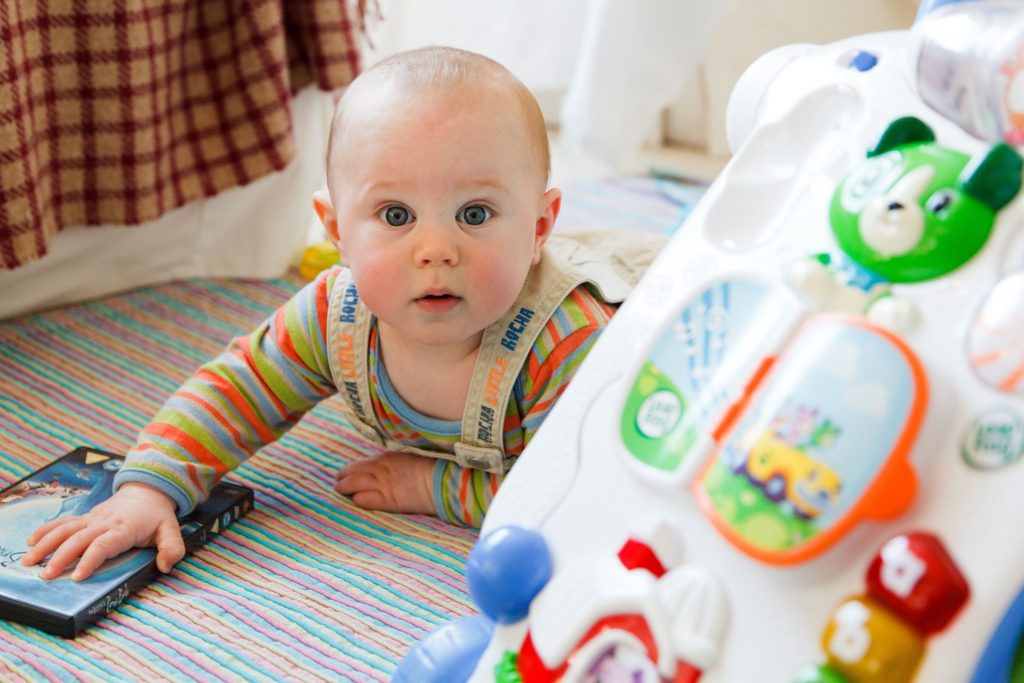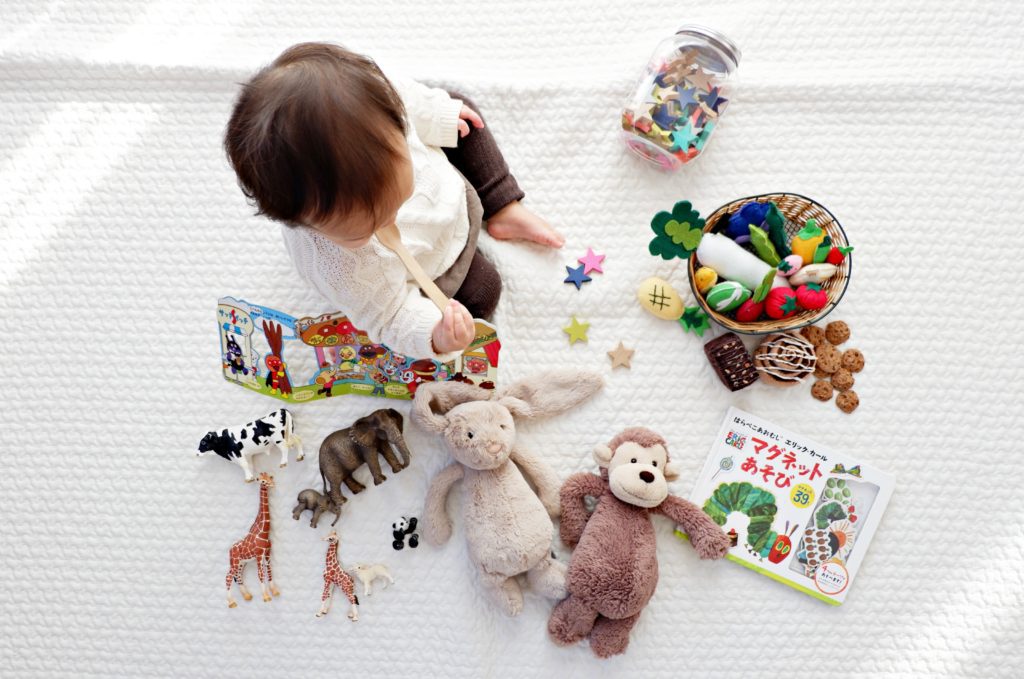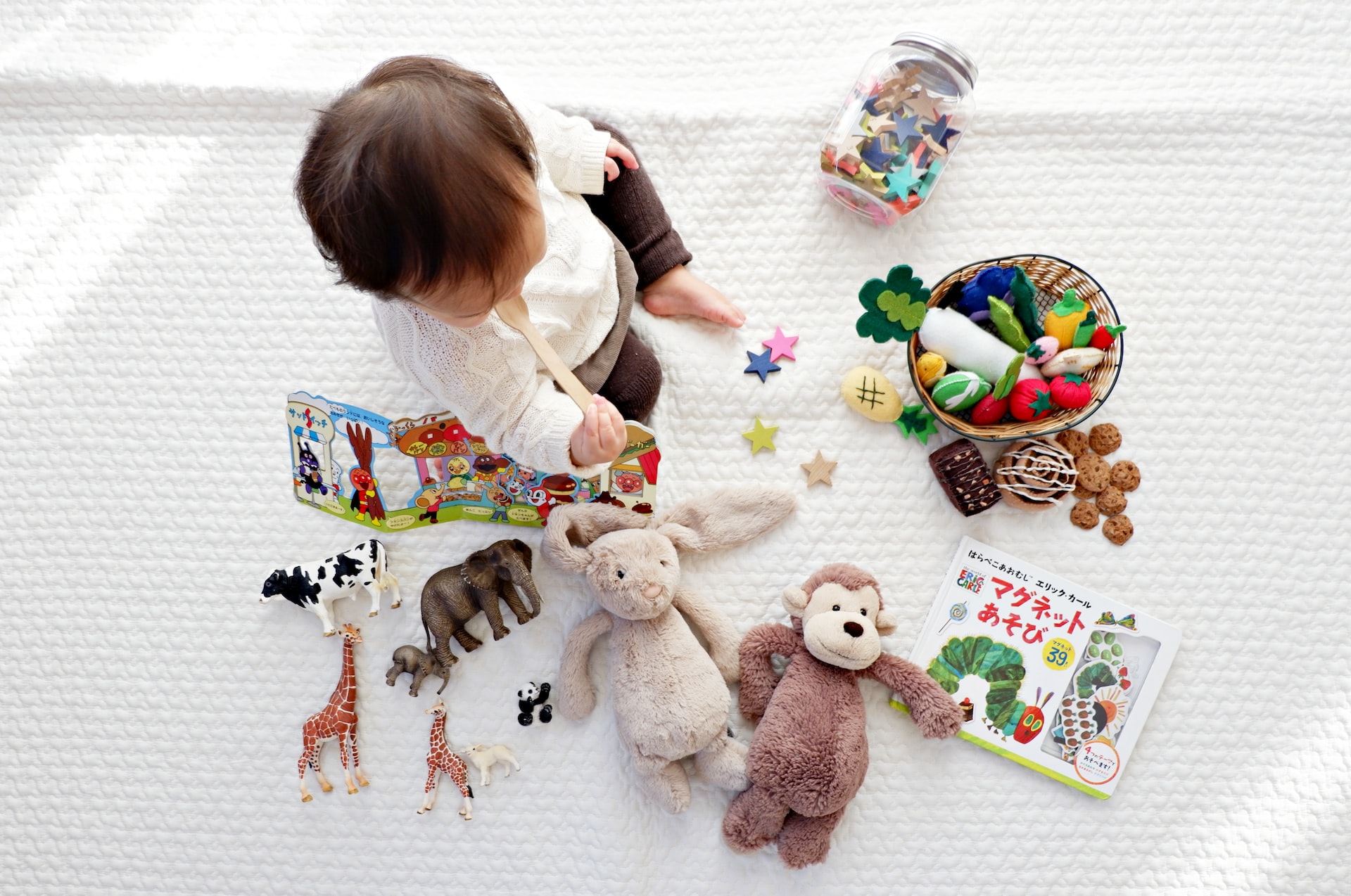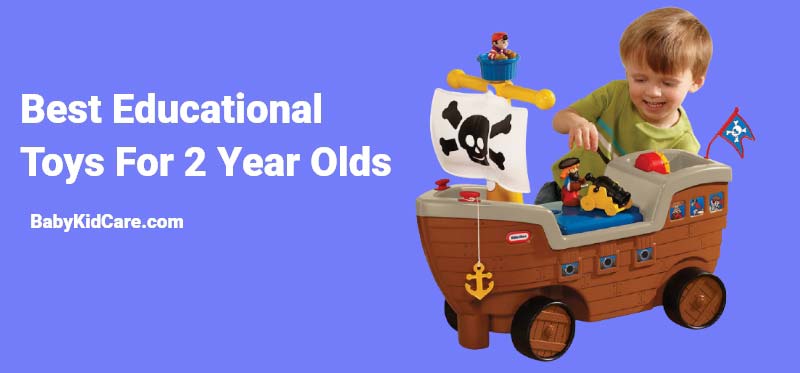If you’ve spent much time in the world of babies, you know that exersaucers are often the subject of heated debate. While many people (especially pediatric therapists) are strongly against them, many others (exhausted caretakers) are strongly in favor of them. I used them on a limited basis with close supervision.
Table of Contents
Because, let’s face it, we humans just don’t respond well to ultimatums asking us to “never” or “always” do something, we think it’s necessary to have a balanced approach to these kinds of issues. What is exersaucer, and what is it used for? When can a baby use it?

What Is Exersaucer?
In the same vein as a baby walker, An exersaucer is a device for infants that consists of a high seat, a round base, and a circular play saucer that allows them to play on their own. However, exersaucers are stationary gadgets that are said to be safer and better for your kid’s development than standard baby walkers.
Interesting Read: Enfamil Infant vs Gentlease: Which One Should You Choose?
The Advantage
Babies love playing in exersaucers, and they’re great for providing relief for parents and carers. They give us a safe place to set our infants down while we do things like a shower, do the dishes, do the laundry, or just collapse on the couch from tiredness. In addition to providing entertainment for newborns, stationary play structures allow for experimentation with motor skills and sensory input as babies bat at toys, flip plastic pages, press buttons to activate lights and music, and rock and bounce.
According to urban legend, exersaucers were created in the 1990s in reaction to the rising number of baby walker-related accidents. Parents’ greatest dread came true when infants who had been immobile on the ground were suddenly able to walk and stand, leading to hundreds of thousands of injuries from things like tripping down stairs and reaching for hot stoves.
In addition to teaching newborns poor biomechanics and movement patterns, walker use has been shown to impede their development of the ability to walk unassisted. There was a firm that saw the need for a safer alternative to baby walkers and went ahead and invented one. It was important to them that their product was risk-free, but they also wanted it to be engaging for infants and perhaps even helpful in fostering certain important developmental skills. What did they come up with then?
Interesting Read: Is There A Plant Based Baby Formula?
The Disadvantage
Exersaucers have been widely used as a safe alternative to baby walkers during the past two decades, but they haven’t been without their critics, especially in the field of pediatric treatment. And here’s why:
Inadequate Posture
Babies often adopt an awkward posture when using an exersaucer, with their heads tipped back, shoulders raised, shoulder blades pulled back, hips spread, and back arched as their bellies bounce forward. Can you picture yourself here? Read the first sentence again and try to place yourself in the situation described there. We know, right?
Not A Good Stance
As a result of being forced into a standing position before they are physically ready, newborns using exersaucers sometimes lock their knees to stabilize themselves. They also shift the baby’s weight to the tips of their toes instead of the heel, which is linked to excessive calf muscle development and, in extreme cases, toe walking.
Lacks A Good Feeling Of Balance And Control
The forward-leaning stance that babies adopt when using exersaucers hinders their ability to learn to balance. Receptors in our muscles and joints provide us with feedback that helps us learn to maintain our equilibrium (called proprioceptors). When we start to lose our footing, these receptors inform our brain (which then tells our body) to adjust so that we don’t fall over. When used with an exersaucer, the message disappears entirely. As a result of being unable to see their feet, infants who spend a lot of time in exersaucers have a more difficult time learning to stand and balance on their own.
Less Effort Was Made To Learn About The Surrounding Area
Babies’ cognitive and motor skills flourish as they actively explore their environments, and this is especially true when they attempt to grasp things that are out of their reach. This motivates sitting, standing, rolling, scooting, and crawling. All the toys in an exersaucer are placed directly in front of the child, so they don’t get any practice using their gross motor skills to look about and discover new things, even though these toys stimulate their senses and encourage problem-solving.
Reduced Opportunity For Social Engagement
Raise your hand if you’ve ever used an exersaucer to free up your hands so that you could do other things, like make supper, do laundry, or use the computer, while your child plays safely in another room. Indeed, everyone here is guilty as charged. As simple as that, the temptation is high. However, human connection is essential for the development of infants. in the newborn period
Possible Negative Effects Of Overuse
Oh, how convenient it is for adults to place a child in an exersaucer, go to work on some other project, and find themselves 45 minutes or more later. Having a baby in a saucer makes it easy to forget how much time has passed and to rationalize leaving them there for extended periods “because they’re learning.” Um, no. This is a bad excuse. It’ll be much simpler to make it your first option rather than your last after you’ve started using it frequently.
Interesting Read: BabyKidCare – Providing Useful Baby Information No One Told You
When Can A Baby Use It?
Despite these drawbacks, we predict that exersaucers will remain popular with parents and infants for the foreseeable future. Since let’s be honest, few people respond well to ultimatums, we think it would be more helpful (and reasonable) to offer advice for how adults might change the use of these devices so they are better for newborns.
The Manner An Exersaucer Is Used Can Be Altered To Make It More Secure And Comfortable For Infants. Here Are Nine Ideas To Follow:

- Instead of putting your baby in a saucer once she can sit up unassisted (usually between 4 and 6 months), play with her while she sits on the edge of the saucer. Instead of just plopping her down in it, she may play with the toys and get some practice sitting up straight, both of which are important developmental milestones at her current age.
- Your child should not use an exersaucer until he can sit without the use of his arms. Most play saucers have a minimum age recommendation of 4 months. However, waiting until they are older and can sit extremely well on their own will ensure that they have appropriate trunk strength and may reduce the tendency to assume the poor posture that was previously discussed.
- If your baby is not yet sitting unassisted, remove the toys like from the Evenflo exersaucer and let her play with them on the floor. This might not work for all brands, but if it does, then, by all means, do it! Now he can play with the fantastic toys that came with the saucer while he’s on the floor, which is terrific for his motor skill development and his general exploration of the world around him.
- Put a pillow under the infant’s feet so she isn’t standing completely on her toes. Neither side should be elevated, and we have no intention of doing so. This is a recommendation we picked up from a specialist in child development. Baby’s feet should be watched to ensure she is not standing with her ankles or toes rolled in or out of normal alignment.
- Use the included legs to prevent your infant from rocking too much in the saucer. Babies (and their caretakers) benefit from exersaucers since it allows them to rock and bounce. The problem is that this rocking behavior can spread to situations where it is inappropriate or even dangerous (e.g., tipping backward and sitting on the floor, sitting in a high chair, and sitting in a baby bath and tipping forward). As for me, we witnessed it firsthand. Many saucers come with stabilizing legs that fold down to lessen swaying, which is very helpful for newborns who can start them rolling like a carnival ride at the county fair.
- Baby can play while holding on to the edge of the saucer if he or she is learning to stand with support (usually between 6-10 months). Something like setting up a playpen for a newborn. You should watch him carefully to make sure he doesn’t lose his footing. The enjoyable toys can’t be played with while he’s in the saucer, but this is a terrific method for him to work on his motor skills while still having fun.
- Spend time chatting with your infant as they play in their exersaucer. We understand that this device is intended to free you from caring for the infant while you complete some necessary tasks. Still, you shouldn’t just tuck her in and walk away. You can still engage in meaningful conversation with her while simultaneously doing laundry (exciting stuff, we know), praising her for figuring out how to use previously undiscovered features.
- You should only use it for a maximum of 15 minutes every day. If you’re going to utilize this, do so once a day at most. Choose one daily activity that will take up to 15 minutes, or several shorter ones spread throughout the day, that will need the usage of the exersaucer. Perhaps you need 15 minutes to yourself (don’t act as if you’ve never needed it; we’ve all been there) so you can do something like cook, do laundry, shower, or play with the baby. Please, for the sake of your sanity, set a timer; you will lose count of time if the baby is having fun in there.
- Allow your child several hours a day to play on the floor or with an exercise ball. Motor abilities grow from experience and practice, and the best location for babies to acquire this exercise is on the floor! To prepare for rolling, crawling, and walking, babies require time on their tummies, backs, and both sides, sitting on their bottoms and rocking on their hands and knees.
Interesting Read: Non Toxic Changing Pads for Babies: Reasons, Benefits & Best Qualities
Sharon’s Conclusion
We hope you enjoyed our article on exersaucers and that you found it helpful! If you have any questions or comments, please share them with us. And if you know someone who’s expecting a baby or has a young infant, feel free to share this article with them; they’ll certainly appreciate it.











